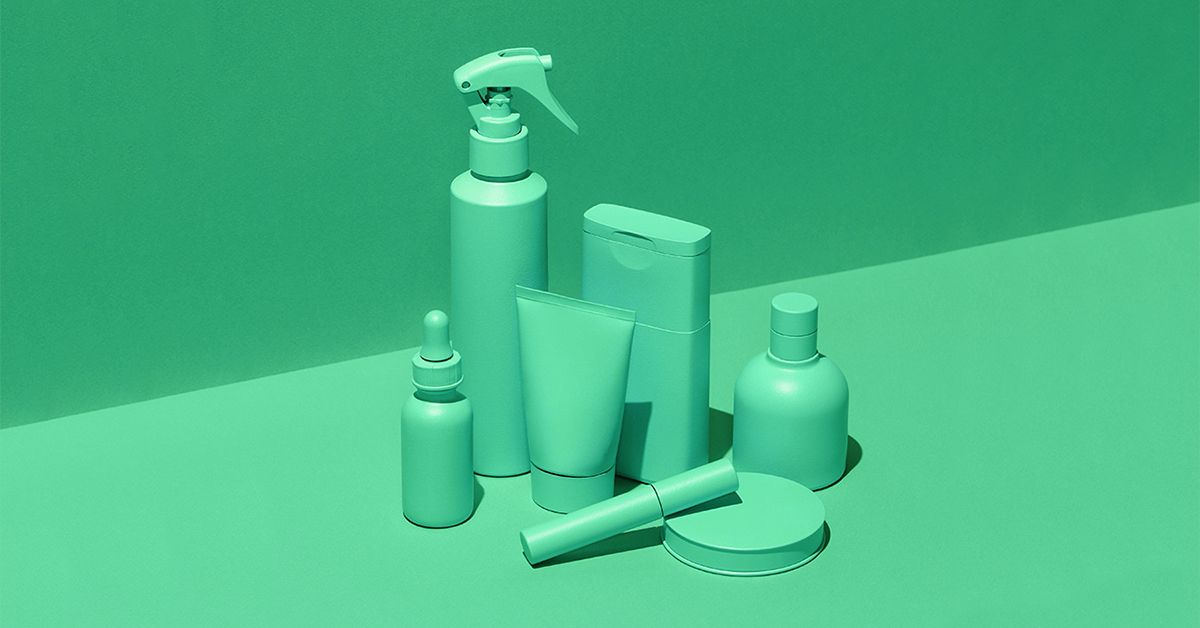Sodium hydroxide is a popular ingredient in tons of skin care products that can seem hella scary due to its caustic nature. But while there’s def some risk, it’s generally safe if you spot sodium hydroxide in your fave cleanser.
Here’s the scoop on why sodium hydroxide shouldn’t actually burn your face off when used in skin care products.
Sodium hydroxide in skin care 101
What does it do? Sodium hydroxide helps stabilize and maintain a skin care product’s pH. It also helps fats and oils form into soap via saponification.
What skin care products use it? You’ll find sodium hydroxide in makeup, cleansers, and soaps.
What are the side effects? In high concentrations, sodium hydroxide can cause chemical burns, hives, and holes in the skin. But it’s used in small amounts in skin care products to avoid this effect.
Is it safe in skin care? Sodium hydroxide is generally considered safe in skin care because of the small amounts used. Doing a patch test can help you check for any adverse reactions.

Sodium hydroxide (aka lye or caustic soda) is a solid white compound that absorbs water from the air. It’s alkaline AF with a pH of 14, which helps it balance the pH of skin care products when used in teeny tiny amounts. (Psst: think of alkaline, aka basic, as the opposite of acidic).
It’s also the key ingredient in helping fats and oils become one in soaps and cleansers. It’s also used in facial and body care products.
Sodium hydroxide’s basic properties also make it a solid addition to cleaning products like oven cleaners, drain cleaners, detergents, paper, and aluminum.
Concentrated amounts of sodium hydroxide are extremely caustic, which means it’s corrosive and can cause chemical burns to the skin and eyes. It’s also very dangerous if consumed or if you breathe in its fumes.
Real talk. This makes sodium hydroxide sound pretty darn scary. But when added to skin care products, sodium hydroxide is used in low doses that are generally completely used up in the reaction process. So, the harsh vibes are gone by the time a product touches your skin.
P.S. Sodium hydroxide is generally recognized as safe as a food ingredient by the FDA. But take note, this is mostly for produce washes, not actual foods.
Sodium hydroxide can saponify oils. That means it helps the oils and fats lather and foam into a soap. Without it, your soap would be a big mess of various oils and fats that aren’t unified into one product.
It’s also used in small amounts to establish and maintain the pH of a product. Skin tends to be on the acidic side and usually ranges between 4 and 7. Maintaining this acidity (aka the “acid mantle”) provides a layer of protection against environmental factors like allergens, pollutants, and bacteria. If your skin care’s pH is out of its typical range, you can disrupt your skin’s acidic protection, which might increase your risk of premature aging too.
In the beauty world, you’ll mostly find sodium hydroxide in:
You should NEVER put pure sodium hydroxide on your skin. It can cause skin symptoms like mild to severe chemical burns, or holes in the skin and underlying tissues. Even concentrated amounts used in oven and drain cleaners can damage your skin, so get those gloves on.
Products that contain or are made with sodium hydroxide might cause:
- rash
- hives
- itching
- redness or discoloration
- irritation
- flaking skin
- increased sensitivity
Using skin care with small concentrations of sodium hydroxide is usually WAY safer. But you may still need to be careful, especially if you have sensitive skin.
Using sodium hydroxide products safely
Sodium hydroxide products are generally safe to use topically in small doses. But you should totes do a patch test before putting it on. Just dab a bit of a product behind your ear or on your forearm. If you don’t notice any irritation after 24 hours, you should be good to go.
Sodium hydroxide is an alkaline compound that’s used to balance pH and saponify fats and oils. You’ll find it in lots of skin care products like soaps, makeup, cleansers, and lotions.
In high concentrations, it’s very caustic and will burn your skin. But it’s used in small amounts in skin care products that tend to get totally used up in the reaction process. So, a lot of it doesn’t actually make it to the final product.
Pure sodium hydroxide can be 10/10 dangerous. If ingested, it can trigger lung inflammation, throat swelling, intense abdominal pain, severe change in blood pH, and difficulty breathing. It can also lead to vision loss if it gets in your eyes.
P.S. Always talk with a dermatologist before making any major changes to your skin care routine. This is extra important if you have a condition like eczema, psoriasis, cystic acne, or rosacea.

